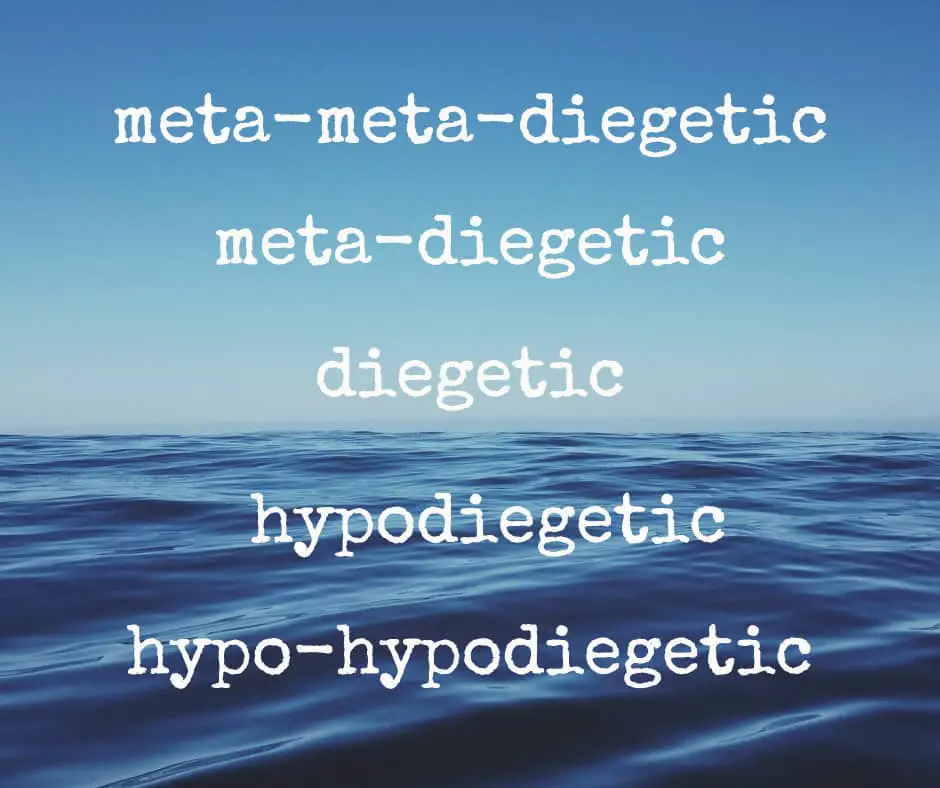When discussing ‘diegetic levels’ of a story, imagine a ground floor. Level zero. All events and characters featured on this level are part of the story. Level zero is the normal, basic narrative level in a text. A story may not have any other levels, but it will at least have a ground floor. This happened, that happened, the end.
As for the other levels, think of ‘meta’ as above and ‘hypo’ as below the ground floor (level zero).
It can get even more complicated than that — in which case a story will often be called ‘experimental’. Technically a story might have a meta-metadiegetic narrator, or a hypo-hypodiegetic narrator beyond the hypodiegetic narrator etc.
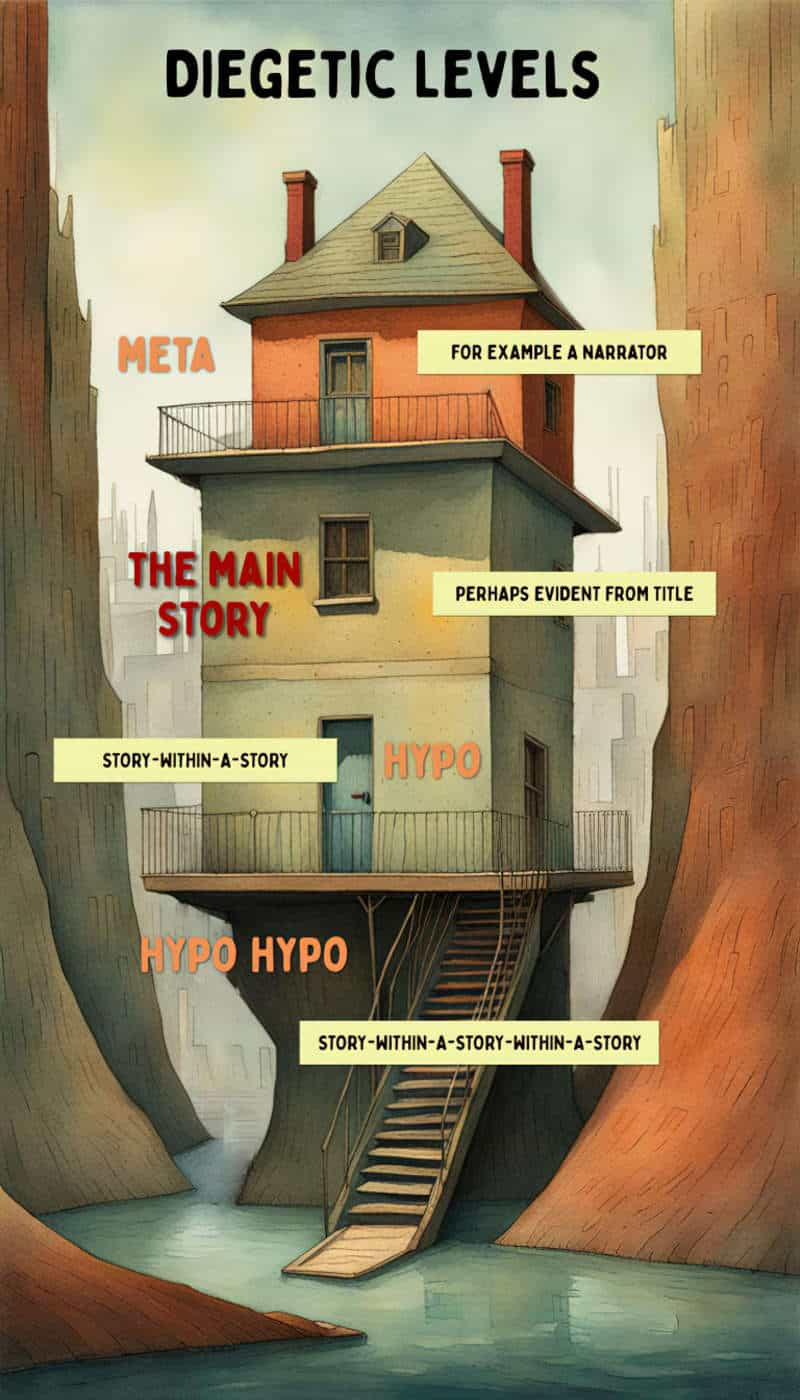
Writers don’t tend to think in terms of diegetic levels. This is a set of terms scholars of literature use. It’s up to the person studying texts to decide which level is level zero. In some stories this is pretty obvious; in the experimental texts, not so much. The cycle of the Arabian Nights are famous for their narration which extends in both meta and hypo directions, in which level zero (primary) narratives are embellished with a vast variety of myths and also with historic and daily events. When discussing these texts, scholars can use these diegetic levels to help convey how the narratives (fabula) relate to each other.
When writers talk about all this, they tend to talk about ‘framing‘. A frame is any structure which puts boundaries on a story about to be told.
Metadiegetic narration refers to a secondary narrative wrapped around the primary (ground level) narrative. The secondary narrative can be a story told by a character within the main story or it can take the form of a dream, nightmare, hallucination. It can be imaginary.
This style of narration is typical of idyllic fiction. e.g. Winnie The Pooh. In the Pooh stories, there is a metafictive father telling these stories to a metafictive son over and over again. This wraps the level zero (ground level) story, set in The Hundred Acre Wood. (In general ‘metafiction’ is fiction which draws attention to the fact that it’s fiction.)
A contemporary example: George and Harold are the metadiegetic narrators (and illustrators) of the Dogman adventures by Dav Pilkey. The author has drawn attention to the fact that this story has been created, in this case by two boys who are part of the ground level story.
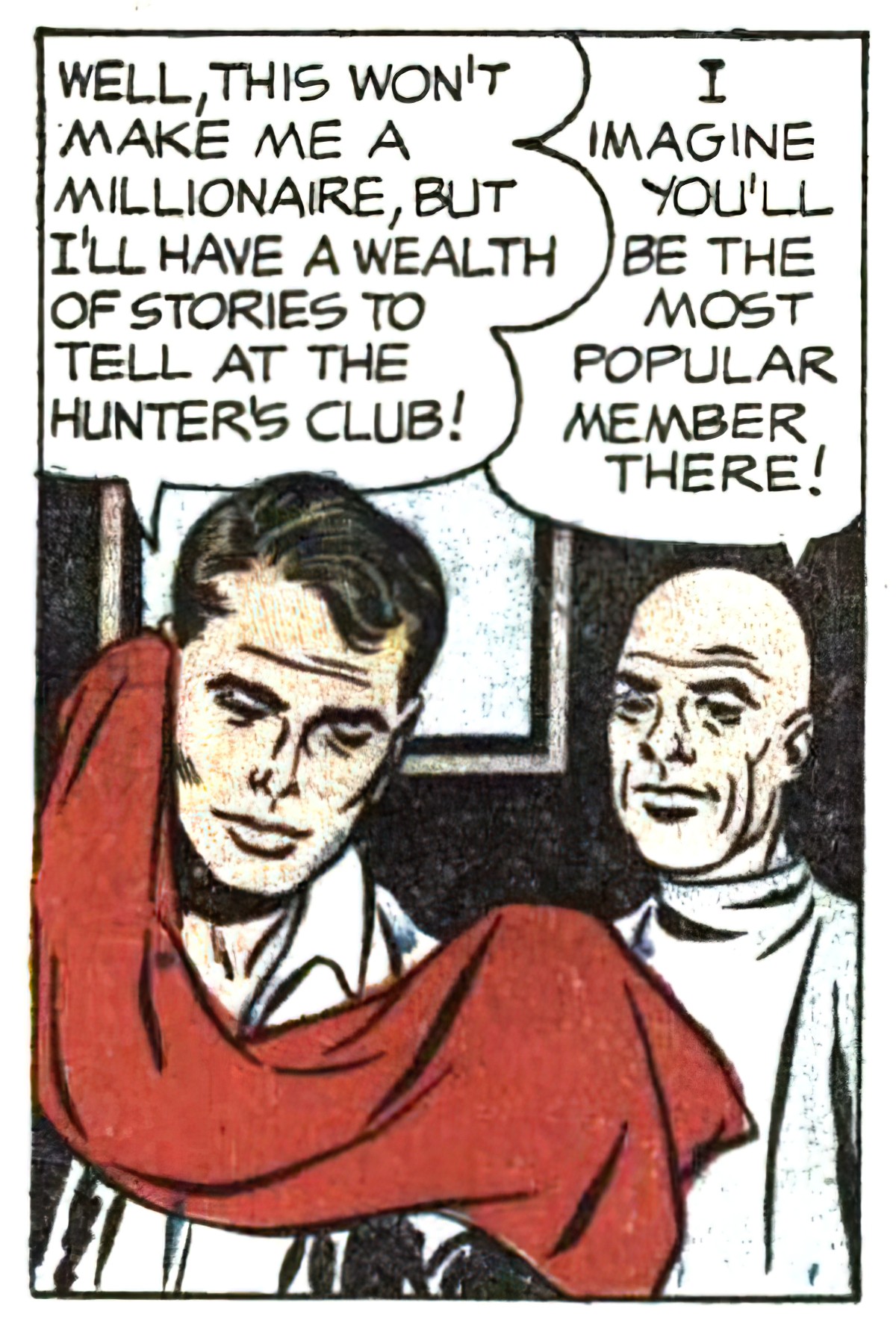
The story within a story is common in certain fairytales of yore. “The Wee Bunnock” (from Scotland, of course) is a variation on The Gingerbread Man and opens like this:
[LEVEL ONE STORY] “Grannie, grannie, come tell us the story o’ the wee bunnock.”
“Hout, bairns, ye’ve heard it a hunner times afore. I needna tell it owre again.”
“Ah, but, grannie, it’s sic a fine ane. Ye maun tell’t. Just ance.”
“Weel, weel, bairns, if ye’ll a’ promise to be guid, I’ll tell ye’t again.
But I’ll tell you a bonny tale about a guid aitmeal bunnock.[LEVEL ZERO STORY] There lived an auld man and an auld wife at the side o’ a burn…
Many of the Grimm fairytales don’t open with a metadiegetic storyteller, but they do close with one, sometimes obliquely. That’s because these tales come from an oral tradition, and the ‘oralness’ of the storyteller hasn’t been one hundred percent omitted in the earliest writing-down of it:
- Now my cat’s run home, for my tale is done.
- But I don’t know how the two little demons were able to free themselves.
- And whoever doesn’t believe me must give me a gold coin.
Stories with embedded stories sometimes serve to give the audience a helping hand in figuring out what the story’s about. The narrator is figuratively holding the audience’s hand. “I’m telling you a story, and I’ll also tell you how to make sense of it.” Embedded stories from the oral tradition tend to work like this because the oral tradition is good for conveying moral messages. Fairytales were big on morality, sometimes spoofed (a la Charles Perrault.
In modern children’s literature, use of various diegetic levels often points to a fairytale setting or a callback to fairytale times.
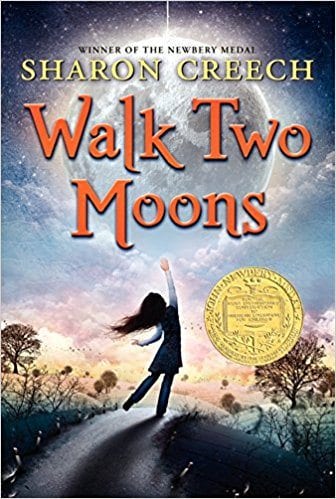
“How about a story? Spin us a yarn.”
Instantly, Phoebe Winterbottom came to mind. “I could tell you an extensively strange story,” I warned.
“Oh, good!” Gram said. “Delicious!”
And that is how I happened to tell them about Phoebe, her disappearing mother, and the lunatic.
As Sal entertains her grandparents with Phoebe’s outrageous story, her own story begins to unfold — the story of a thirteen-year-old girl whose only wish is to be reunited with her missing mother.
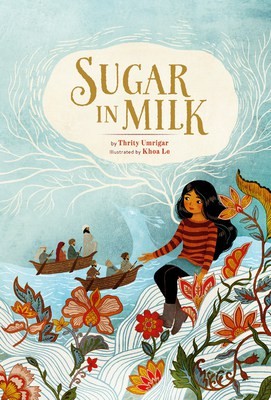
When I first came to this country, I felt so alone. A young immigrant girl joins her aunt and uncle in a new country that is unfamiliar to her. She struggles with loneliness, with a fierce longing for the culture and familiarity of home, until one day, her aunt takes her on a walk. As the duo strolls through their city park, the girl’s aunt begins to tell her an old myth, and a story within the story begins.
A long time ago, a group of refugees arrived on a foreign shore. The local king met them, determined to refuse their request for refuge. But there was a language barrier, so the king filled a glass with milk and pointed to it as a way of saying that the land was full and couldn’t accommodate the strangers. Then, the leader of the refugees dissolved sugar in the glass of milk. His message was clear: Like sugar in milk, our presence in your country will sweeten your lives. The king embraced the refugee, welcoming him and his people.
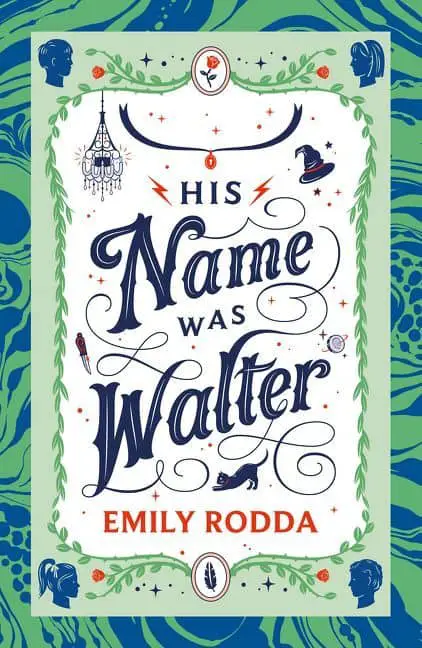
‘Once upon a time, in a dark city far away, there lived a boy called Walter, who had nothing but his name to call his own …’
The handwritten book, with its strangely vivid illustrations, has been hidden in the old house for a long, long time. Tonight, four kids and their teacher will find it. Tonight, at last, the haunting story of Walter and the mysterious, tragic girl called Sparrow will be read – right to the very end …
A mystery, a prophecy, a long-buried secret. And five people who will remember this night as long as they live.
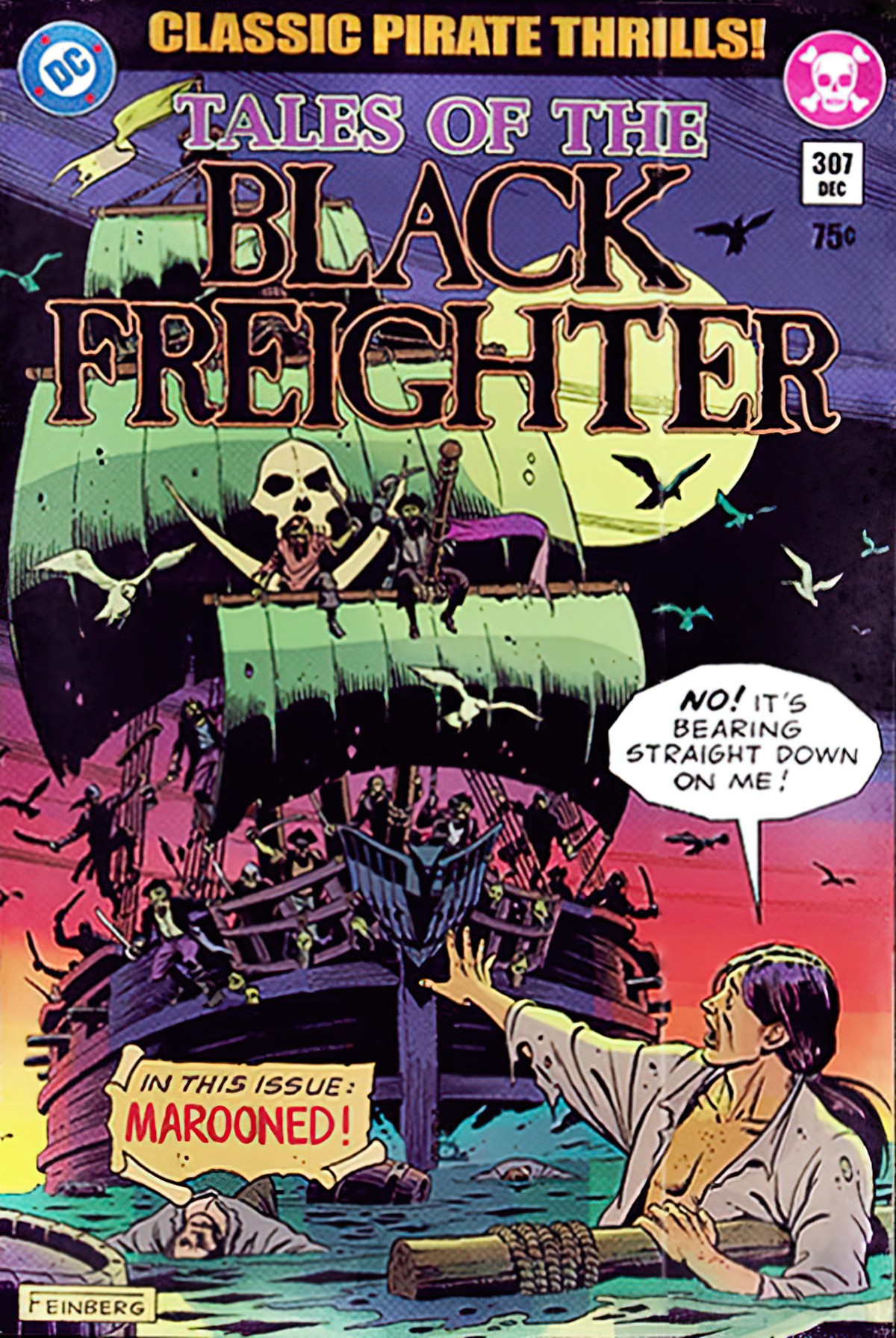
They’re in the book. And on this disc. From the director of Watchmen and 300 come two tales from the celebrated graphic novel that do not appear in the extraordinary Watchmen theatrical feature. Tales of the Black Freighter (featuring the voice of 300’s Gerard Butler) brings to strikingly animated life the novels richly layered story-within-a-story, a daring pirate saga whose turbulent events may mirror those in the Watchmen’s world. Stars from the Watchmen movie team in the amazing live-action/CGI Under the Hood, based on Nite Owl’s powerful first-hand account of how the hooded adventurers came into existence. Two fan-essential stories.
The story is read by a kid called Bernie who keeps returning to a newsstand owned by an older man also called Bernie.
But in modern stories, the interpretation of an embedded story is generally left up to the audience. A writer may offer up an embedded story to serve as a contrast for moral values. The didactic paragraph at the end will be left off, except in the case of spoofs e.g. Modern Family, SpongeBob SquarePants. These sit-coms always end with a morality wrap-up.
Stories with various levels are often called by writers Story Within A Story narration, also known as Embedded Narrative or Show Within a Show at TV Tropes.
Stories with these extra layers to them may feature an “extradiegetic” narrator who appears on a different level of the story by not in the ground level story.
Stories with levels of narrative (sometimes called fabula, to use the word of the Russian formalists) are sometimes used to create an effect of ‘mise en abyme‘, a favourite feature of Postmodernist storytellers. (Think of two mirrors facing each other in a dressing room.) Experimental stories can hypothetically extend forever in each direction: a story within a story within a story within….
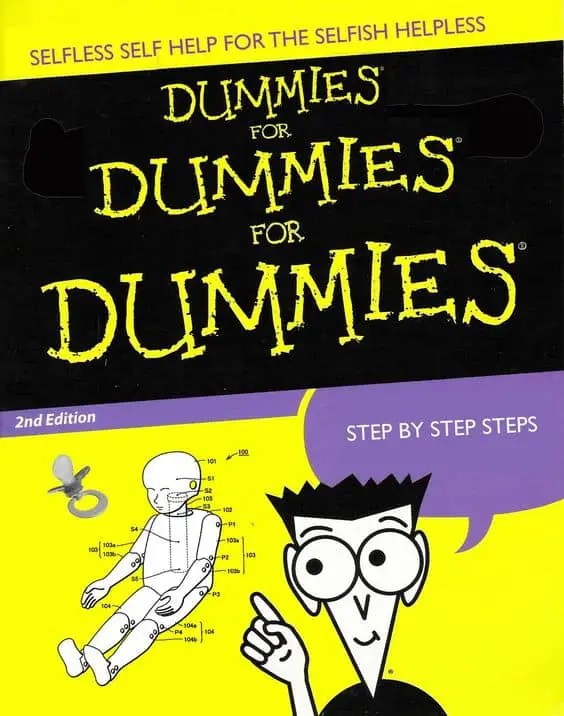
Examples of Stories With Various Levels
I’m sticking to obvious examples here, avoiding the complicated and experimental.
- Anne of Green Gables is the ground level story of an orphan who finds a home with two older siblings lacking joy in their lives. Anne Shirley is a hypodiegetic narrator when she tells Marilla about, say, her visit to the concert. Anne is a character inside the ground level story when she tells this story. If Anne had written Anne of Green Gables as a memoir, say, and the story opened with, “I’m about to tell you the story of when I met Marilla and Matthew Cuthbert” then she would be a metadiegetic narrator.
- The Ghost in the Mill by Harriet Beeecher Stowe begins with, “Come, Sam, tell us a story,” said I, as Harry and I crept to his knees, in the glow of the bright evening firelight; while Aunt Lois was busily rattling the tea-things, and grandmamma, at the other end of the fireplace, was quietly setting the heel of a blue-mixed yarn stocking.
- The Canterbury Tales — A tells a story about B who tells a story about C and so on. (A free, open access, scholar-produced onlyne resource wyth the work of more than 30 experts: The Open Access Companion to the Canterbury Tales)
- The Book Of The Unnamed Midwife by Meg Elison is a modern post-apocalyptic novel with a Canterbury Tales structure to it. A main character meets others on her journey and they either tell her their stories or she steals their diaries.
- Scheherezade is the frame story of The Arabian Nights. In The Thousand and One Nights, Scheherazade’s stories keep the Sultan from killing her. In the end he marries her because she’s such a good storyteller. Like the Canterbury Tales, this corpus of narrative is a standout example of diegetic levels and often studied by scholars. Basically, Scheherazade saves a kingdom using only her wits and 1001 days of patience. If you’d like to hear “Scheherazade and her Stories” read aloud, I recommend the retellings by Parcast’s Tales podcast series. (They have now moved over to Spotify.) These are ancient tales retold using contemporary English, complete with music and Foley effects. Some of these old tales are pretty hard to read, but the Tales podcast presents them in an easily digestible way. “Scheherazade and Her Stories” was published in two parts in July 2021.
- In a crime novel or courtroom drama, a surprise witness may have a tale that solves the case.
- Any story in which a child asks an adult to tell them a story is working on (at least) two diegetic levels.
- Mary Alice is the hypodiegetic narrator in Desperate Housewives, although when she is shown in the ground level story (in flashbacks before she had died), she is an (intra-) diegetic narrator.
- In Fortunately, The Milk by Neil Gaiman, a father goes to the shop. That’s the ground level story. When he comes home he tells the children a tall tale. The father is the hypodiegetic narrator of this tall tale.
- In The Tale of Johnny Town-mouse, Beatrix Potter keeps the Battle scene off the page by having one mouse character tell another about it. (It would be heinous to show a cat killing a canary.)
